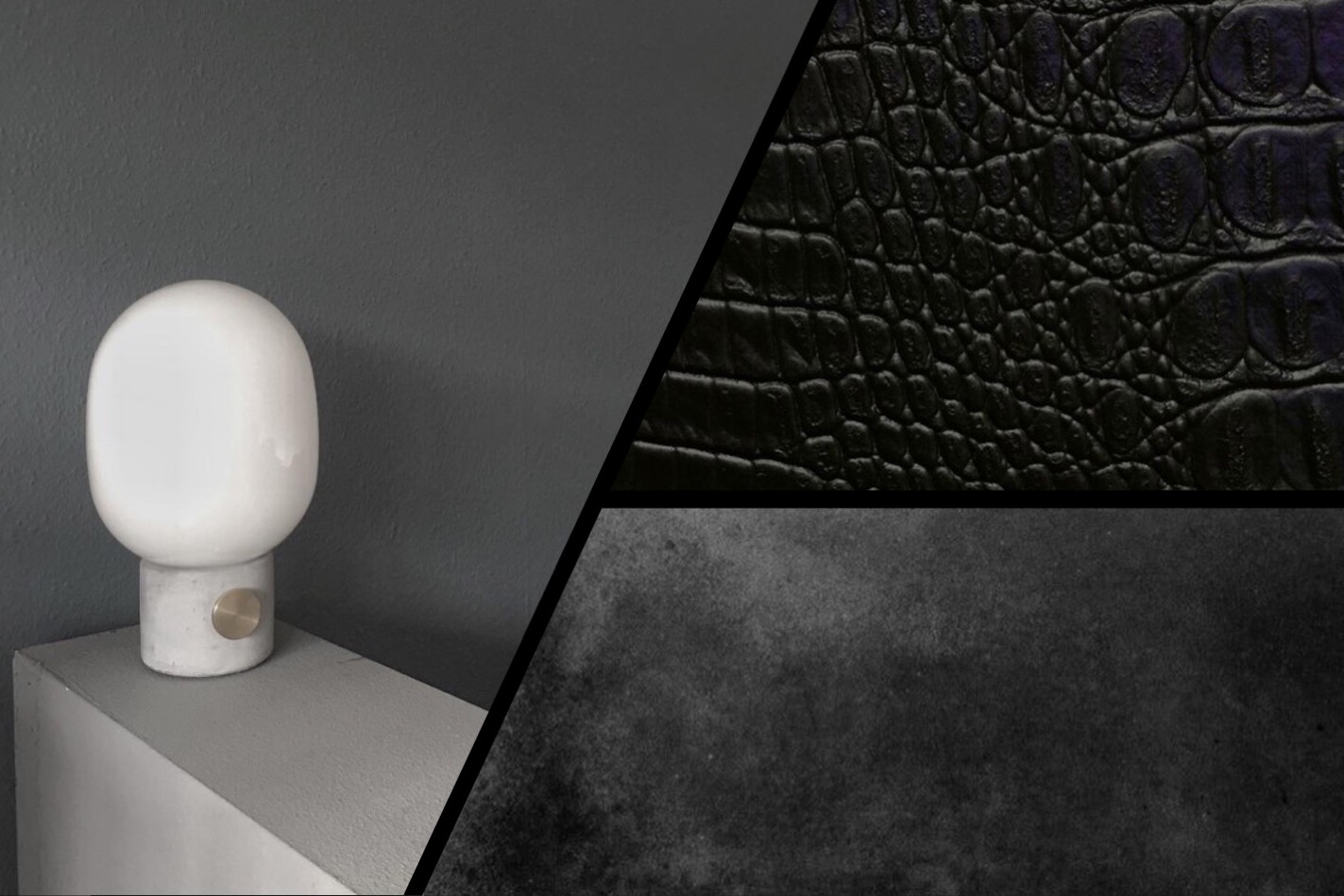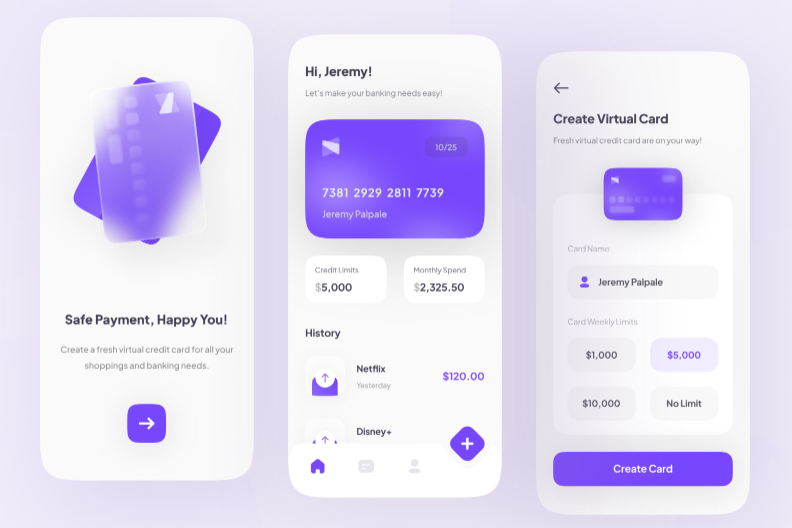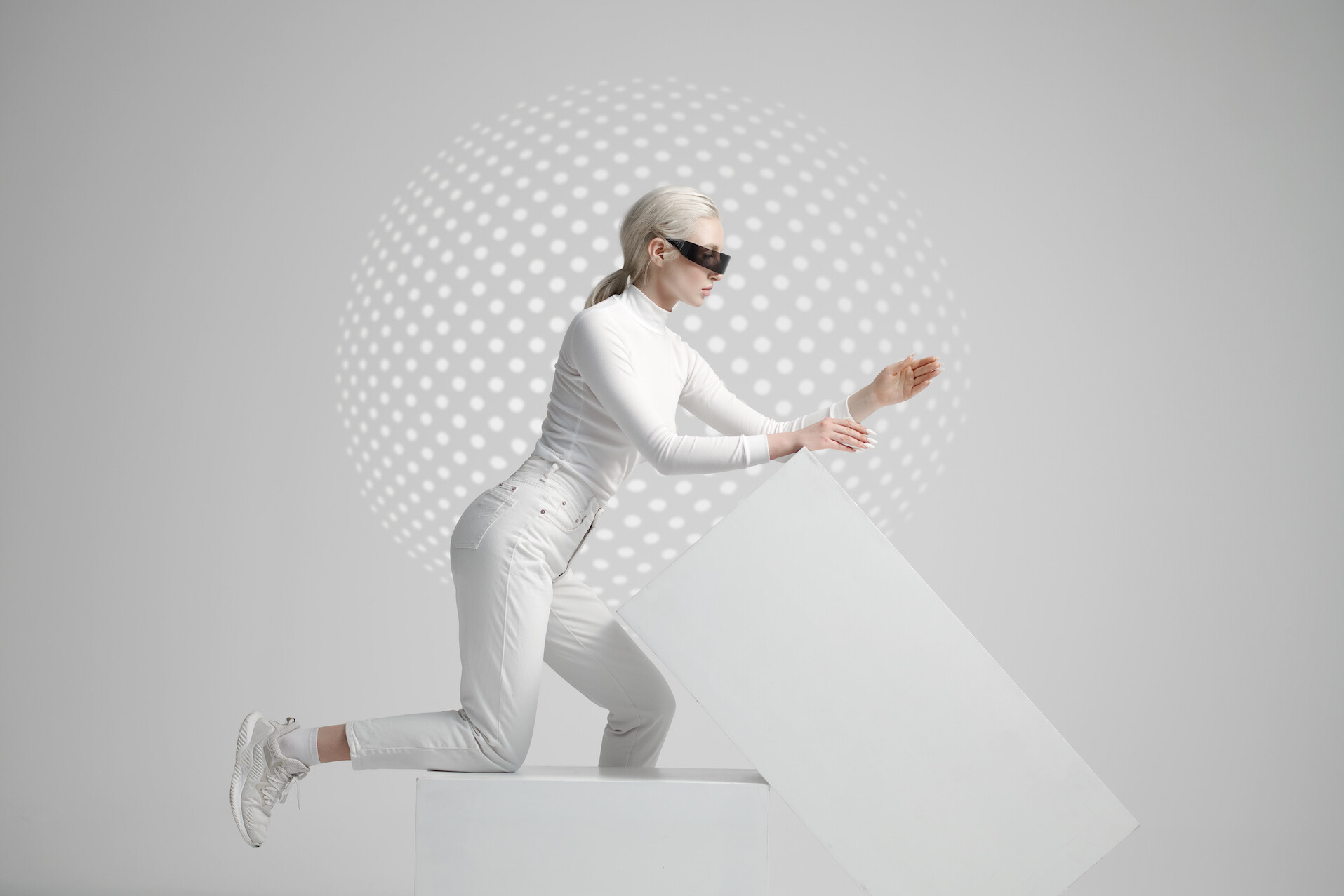Source: Webflow
Designers have started creating sites as art, sites as interactive projects, and sites that simply exist for play and delight. This harkens back to the beginning of the web when designers found ways to show off new techniques or create websites for their own sake.
We seem to be in a bit of a renaissance period of the early web. It makes sense. Fashion has also been borrowing heavily from the late 90s and early aughts. Many of us have been spending time at home idly surfing the internet, looking for something diverting or exciting like we used to do when the web was first emerging.
Visually, web trends are taking cues from that era. Designers are finding creativity outside of the more photograph-centric layouts that have become standard. Instead, these designs find creative ways to use typography, grids and lines, and simple navigation. Updated styling — with a lot of muted colors, sophisticated textures, and serif fonts — keeps sites from feeling too retro.
Web design is also moving into the future with exciting contemporary techniques like advanced interactions and animations and visual effects like glassmorphism and grain. And designers are using no-code tools to enable them to do it all faster and easier than ever before.
To read the full article at its source, please Click Here.
Related Posts
The Importance of Consistent Branding in Company Growth
In today's rapidly evolving business landscape, consistent branding is more…
The State of UX Design
From rethinking remote work policies to acknowledging the unintended impact of…
10 Modern Web Design Trends for 2023
Web design is responsible for nearly 95% of a visitor’s first impression of…




